Yoga-interested beginners are here looking for a yoga pose guide that helps them stay fit as beginners. You want to know yoga poses for beginners, their benefits, and how to do them. Boost your health with various asanas. Finding random moments of calm and quiet in the hectic pace of contemporary life is crucial for preserving one’s physical and mental well-being.
The ancient Indian discipline of yoga provides a comprehensive method for balancing the body, mind, and spirit. Yoga’s several asanas, or poses, are among its most alluring features. Each pose has a certain advantage for the guru. We will examine vibrant yoga poses, their advantages, and proper execution in this extensive guide.
1. Over-Facing Canine Pose
Adho Mukha Svanasana, or the “Over-Facing Canine” pose, is a fundamental yoga position that elongates and fortifies the whole body.
How Do I Practice It?
To pull off this ruse.
- Begin on your hands and knees, placing your knees behind your hips and your wrists beneath your shoulders.
- Form an inverted V-shape with your body by pressing into your victories, lifting your hips, and unbending your arms and legs.
- Maintain a long chin and heels that stretch towards the floor.
- Hold the disguise for five to ten breaths, tightening the draw with each exhale.
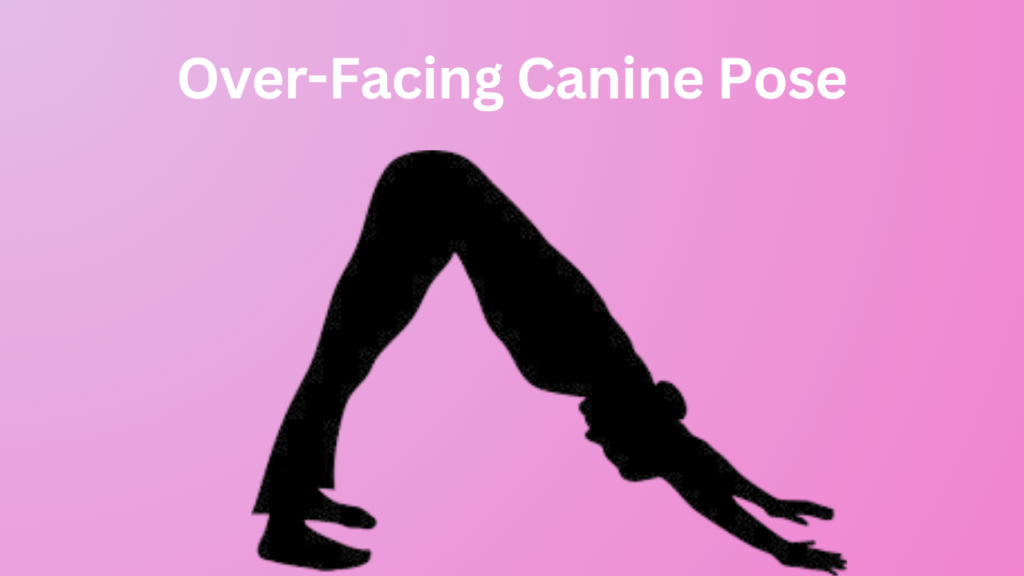
Advantages
- The inflexibility of the chin, shoulders, pins, and hamstrings is improved by facing the dog.
- Additionally, it strengthens the arms and legs and releases tightness in the upper back.
2. Vrikshasana, a Tree Disguise
The tree disguise is a balancing pose that encourages focus and steadiness.
How Do I Practice It?
Here’s how to go about it:
- Stand up straight, maintaining a piecemeal hip range and your arms at your sides.
- Place the sole of your right lower leg on your inner left ham or shin, avoiding the knee, and shift your weight to your left lower leg.
- Raise your arms over your casket or take a prayerful pose by pressing your victories together.
- Choose a focal point to help you maintain equilibrium. Then, maintain the masquerade for a millisecond to thirty.
- Proceed to the other side.
Advantages
- Tree Pose tones the legs and core muscles while enhancing balance and posture.
- It also encourages mindfulness and introspection.
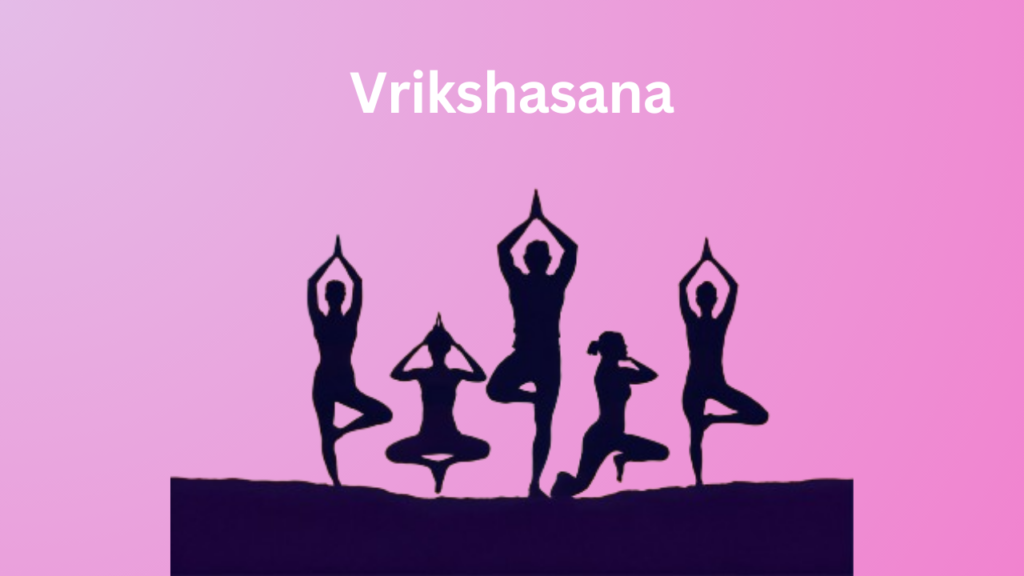
3. Virabhadrasana II or Warrior II
Warrior II is an effective standing disguise that boosts strength and stamina.
How Do I Practice It?
Use these methods to exercise it.
- Step out your bases progressively, about 4-5 bases wide, starting from a standing position.
- After turning your right bottom out ninety degrees, align your left heel with the bow of the right bottom.
- Bend your right knee such that it precisely sits over your ankle while maintaining your left leg straight.
- With your arms extended parallel to the floor, extend your fingers in a forceful grasp.
- Look over your right hand and hold the disguise for five to eight breaths before switching sides.
Advantages
- Warrior II strengthens the arms, legs, and core muscles while honing stability and attention.
- It also elongates the chest and hips, creating a feeling of spaciousness.
4. Bhujangasana, or Cobra Pose
A gentle backbend that lengthens the spine and strengthens the reverse muscles is called the Cobra Pose. Exercising it is the next stage.
How Do I Practice It?
- With your base covers pressed into the ground and your legs extended, assume a taradiddle position while lying on your stomach.
- Grasp your hands so that your fingers meet the coffin beneath your shoulders.
- Pressing into your victory, raise your casket and head off the mat while inhaling deeply and keeping your elbows tight to your body.
- Allow your heart to enlarge by spreading your shoulder blades apart.
- Take a big breath, hold the disguise for 15 to 30 seconds, then let go and go back down.

Advantages
- Cobra Pose stretches the shoulders, stomach, and chest while strengthening the chin and buttocks.
- In addition, it improves posture and eases stress and fatigue.
5. Balasana, The Child’s Disguise
The reclined position serves as the child’s disguise, promoting comfort and expressiveness.
How Do I Practice It?
- Spread your legs wide and bend at the ankles so that your big toes contact the floor.
- Sit back on your heels, extend your arms forward, and lower your chest between your shanks.
- Breathe deeply into the rear of your rib cage while you relax and place your forepart on the mat.
- Hold the mask for one to three twinkles as you release the pressure while exhaling.
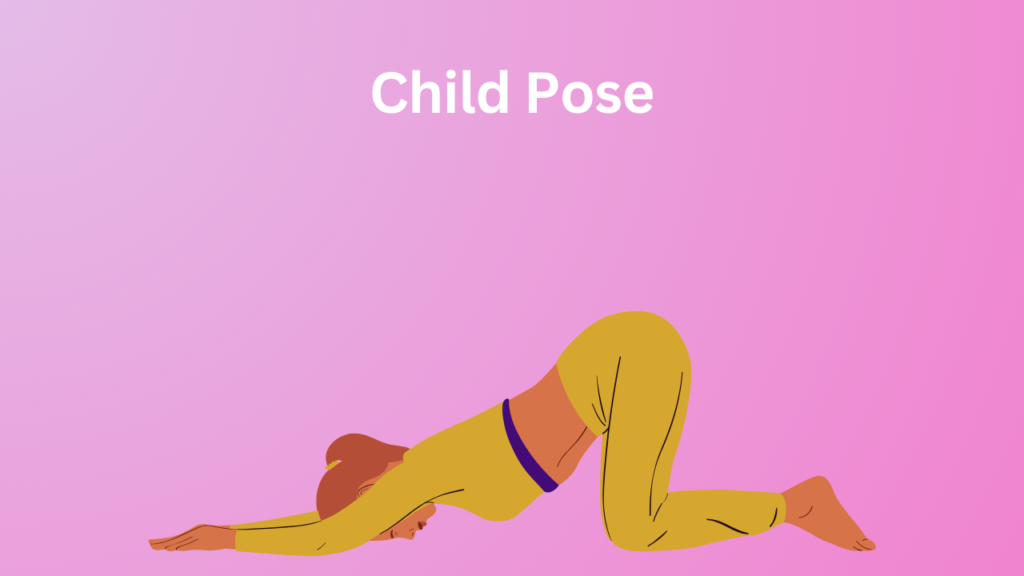
Advantages
- The child’s disguise softly stretches the ankles, hips, and back while calming the mind and relieving stress and fatigue.
- It also encourages introspection and inner peace.
Conclusion
You can experience major health benefits for your body, mind, and soul by including these yoga poses in your practice. Rewind time to hear what your body is telling you, and then cultivate understanding and compassion. Whatever your level of experience, there is a lot of potential for growth, healing, and tone discovery as you experiment with the wide variety of yoga positions.
Now spread out your mat, inhale deeply, and use the transformative power of yoga to go on a path towards diminished health and vitality. If you ever feel confused or need guidance, reach out to us through our contact form. I wish you a fulfilling and perfect yoga experience ahead!

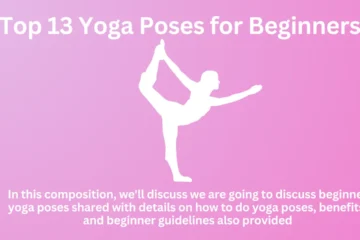
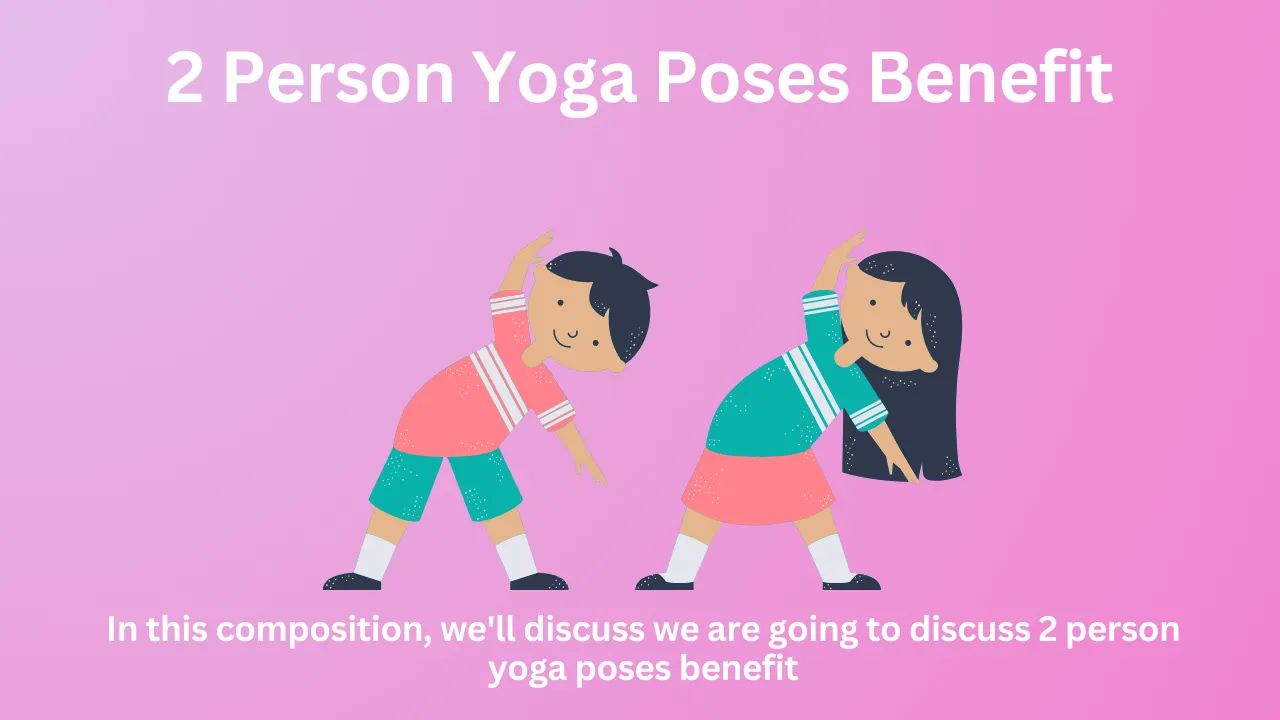
0 Comments